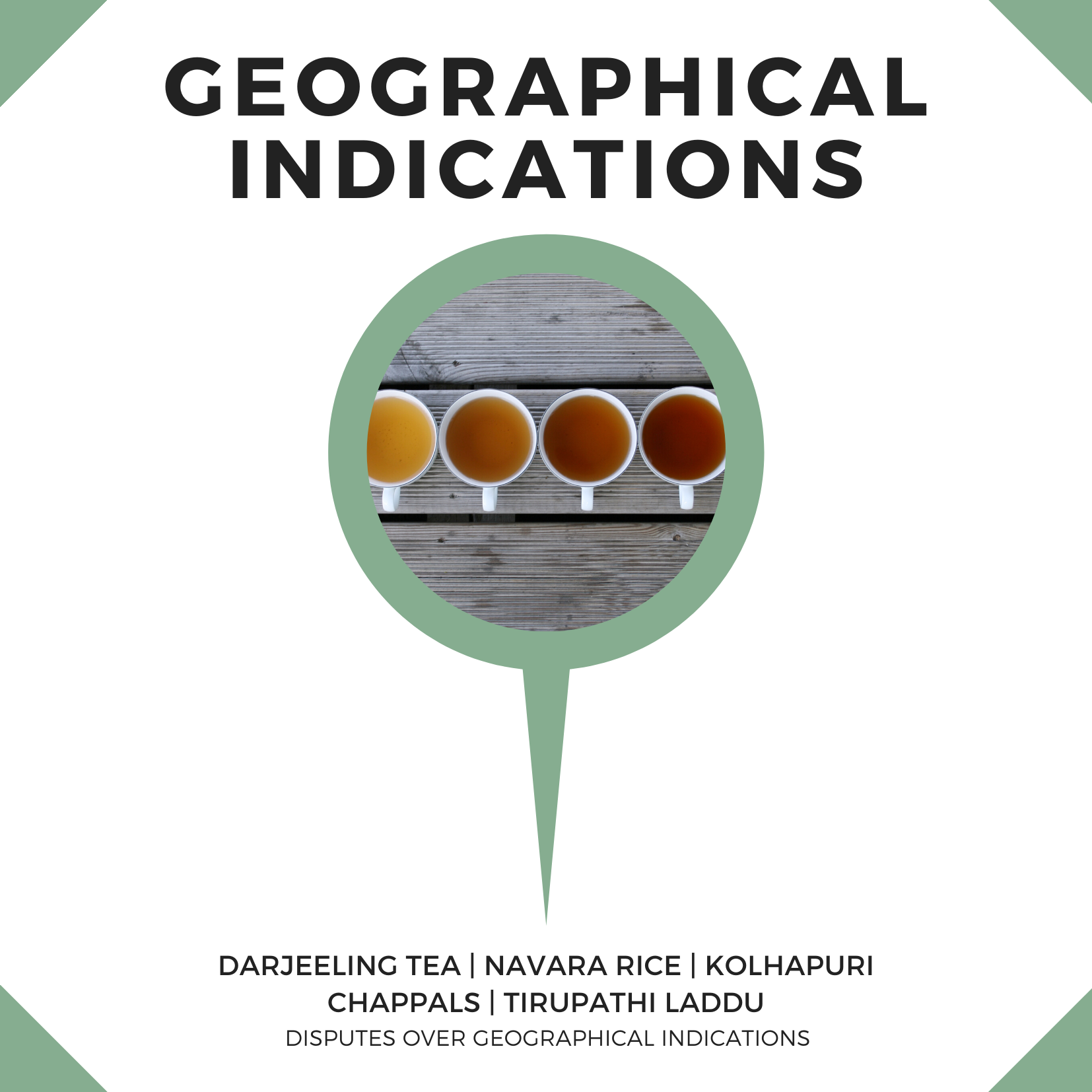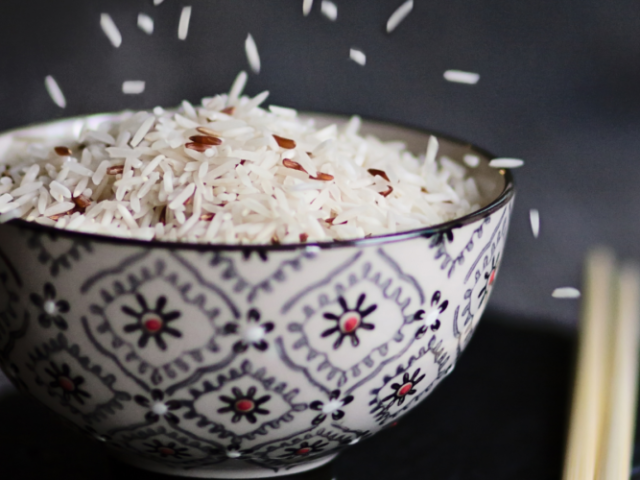This traditional distinction that products of unchallengeable quality relish have been fortified by Geographical Indication (GI) tags – a form of Intellectual Property protection based on geography and tradition key to preserving a country’s natural resources and cultural heritage, as expressed in products with unique means of production.
In European Countries, one of the crucial issues is quality control. Once a product is granted a GI tag there is little possibility of fakes, which is not the case in India. Be it Basmati Rice or Nagpur Oranges or Darjeeling Tea, getting a geographical indication tag for items exclusive to India has been a controversial issue. India’s vast and vibrant agricultural and food varieties along with inter-regional variations also make it a ‘nightmare’ while applying for GI.
DARJEELING TEA GI TAG DISPUTE
Darjeeling Tea became the first GI tagged product in India, in 2004-2005. The history of Darjeeling Tea dates back to the early 1830s. It was statutorily controlled by the Government as part of the Tea Industry from 1933 under various enactments culminating in the Tea Act, 1953. The Tea Board is vested with the authority to administer all stages of tea cultivation, processing, and sale through various orders. Darjeeling Tea possesses a well-known flavor and quality which has won the auspice and acknowledgment of discriminating consumers all over the world.
There have been various disputes relating to the GI tag of Darjeeling Tea. The Tea board started an action against ITC Limited on the basis of their registered GIs. ITC Limited had a premier executive lounge named “Darjeeling Lounge” at its ITC Sonar Hotel since 2003. The Board filed a civil suit in 2010 at Calcutta High Court along with prayers for an interim injunction seeking to restrain ITC Limited for using the trademark Darjeeling Lounge. They contended that the use of ‘Darjeeling’ by ITC led to infringement of their registered GIs and certification trademarks. They also pleaded that the use of the ‘Darjeeling Lounge’ is an act of unfair competition and has the effect of causing confusion amongst guests visiting Darjeeling Lounge and that such guests would be falsely lead to believe that there is some association with Darjeeling Tea.
The defendant pleaded that Darjeeling primarily is the name of a place and tea is not the single most important aspect of Darjeeling. Tea Board is therefore not entitled to claim singularity over ‘Darjeeling’ considering that its monopoly ends at ‘tea’. Also, it was pleaded that the suit was barred by limitation since the use of ‘Darjeeling Lounge’, commenced prior to the enactment of the GI Act and there was a delay in initiating the suit. The judgment was that the suit filed by the Tea Board was dismissed and the lawsuit was decided in favor of ITC. The Court found that the Plaintiff’s registered GI and Certification trademarks are restricted to tea and the protection afforded by the same cannot extend to lounge services.
THE CASE OF NAVARA RICE – TAMIL NADU VS. KERALA
Navara Rice is one of the many types of rice found in India and is a unique grain plant in the Oryza group. It originated from Kerala and is well known for its medicinal properties. The granting of GI of this product in 2007 to Navara Rice Farmers’ Society has incensed other growers of the crop in Kerala and Tamil Nadu. However, it is stated that only farmers belonging to this society can sell their produce as Navara rice.
Sridhar, from Kerala-based NGO Thanal, who works with farmers on sustainable agriculture, says, “Nobody has evidence on the historical origin of Navara rice. Besides, you cannot grant GI on seeds, because with migration, seeds also migrate and adapt to local ecology with genetic changes.” He calls for more clarity in GI laws.
THE FAMOUS KOLHAPURI CHAPPALS
In the year 2019, The Controller General of Patents, Designs, and Trade Marks (CGPDTM) granted Geographical Indication (GI) tag for Kolhapuris, the ethnic leather chappal to Kolhapur, Sangli, Solapur and Satara districts of Maharashtra and Belgaum, Dharwad, Bagalkot and Bijapur districts of Karnataka. There was a joint bid for GI tag of Kolhapuri Chappals by the Sant Rohidas Leather Industries & Charmakar Development Corporation Limited of Maharashtra (LIDCOM) and the Dr. Babu Jagjeevan Ram Leather Industries Development Corporation of Karnataka (LIDKAR) in 2009, which fructified in 2018 into GI tag being granted in favor of the artisans of the two states.
The reason for granting the GI for Kolhapuri Chappals to two states and 8 districts within them was because of the large demand for Kolhapuris and the reduction of supply of leather in Maharashtra. The second problem has been of change of taste amongst the youth in India and across the globe. The last reason was the rise in competition. The most proverbial threat of ‘Chinese imitation’ always looms large.
TIRUPATHI LADDU – THE SAVOURY FROM ANDHRA
The Tirumala Tirupati Devasthanam applied for registration of the Tirupathi Laddu, for GI tag under class 30. It received the GI tag in 2009. The Laddu derives its sanctity, reputation, and uniqueness from it being offered as naivedyam to the Lord. This laddu is usually offered as prasadam to the devotees after they worship Lord Venkateshwara, the presiding deity at Sri Vari Temple in Tirupathi, Andhra Pradesh.
In 2009, a PIL was filed before the Madras HC against the GI Tag for the ‘Tirupati Laddu’ by Mr. R.S. Parveen Raj, a resident of Trivandrum. He provided his suit on three contentions. The first one being that the GI was granted to a single producer, the second was that there is a lack of distinctiveness and third was the generic nature of the name. The petition was dismissed on the grounds that an alternative and efficacious forum was available for adjudication of such a dispute. Under the G.I. Act, such a petition could’ve been filed either before the G.I. Registry or the IPAB.




